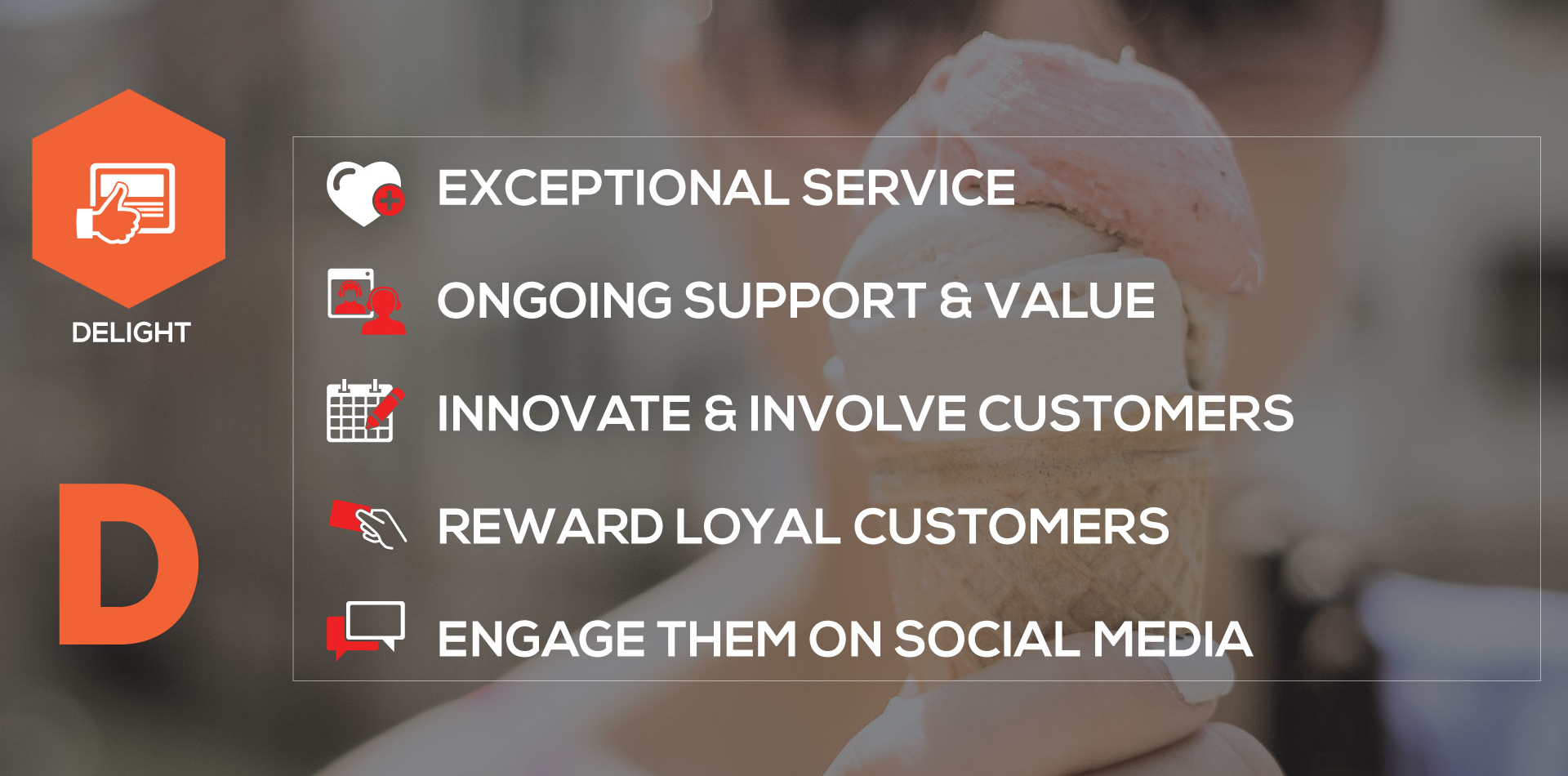Big brands and companies do one thing really well – brand immersion. They take great pains to immerse their audience in their brand and they do this with a consistent brand image, message tone and story. In this post I analyse how brand immersion can be done and how it would help make your brand “sticky”.
Immersing your target audience in your brand is critical to building brand awareness, recall and then eventually brand conversion. This takes the shape of non-interruptive contact with your potential customers and delivering the brand message clearly and emphatically.
Is your current strategy disruptive?
If you examine your current marketing strategy and tactics, 9 times out of 10, it would an interruptive strategy. You may be rudely sending out marketing messages, interrupting your prospects and hoping they would convert to becoming your customers.
Interruptive marketing methods include:
- Telemarketing (an act of promoting a good or service over the telephone)
- Print advertising (promote a product via newspapers or magazines)
- Direct Mail (promotional circulars sent directly via mail)
- E-mail spam (electronic mails sent to large mailing lists)
- TV/radio advertisements (promote a product via television and radio)
All there marketings methods used to effective in the past. But not as much anymore. In fact, some of them are dying out. Depending on the industry, telemarketing is a great example of the worst form of interruptive marketing. Do you not hate getting a cold call from a sleazy sales agent trying to sell you something? Most often due to the low-cost nature of telemarketing services, the agents are poorly trained and do not really care about your brand. All they care about is their commission which means that they will be so pushy, people would end up hating your brand.
Print advertising is also losing its power. A half page print advert, which costs a ton of money is not getting the same ROI as it used 5 years ago. And yet, companies continue to pump money into such form of advertising. When asked why they do that, usually the response would be – how else do we reach our potential customers?
Understand your customers
Start off with getting a deep understanding of your customers. If you have been in business for a number of years, it is even more important that you understand the current worldview of your customers. Times are changing and people’s tastes and the way they search for and shop services or products is changing. Understanding where your customers are going to find services such as yours is critical before embarking on any marketing campaign. Of course, if they are indeed found reading the magazine you are putting your advertising dollars into, then so be it. I am talking about the rest of the 90% of businesses.
Work hard to study your target market and then create buyer personas. These will be worth their weight in gold. These personas will give you insights into your potential customers that will dictate where and how you need to market to them.
Build relationships
Once you understand your customers, then it is time to build relations. You can not expect to just turn up, interrupt your customers, give your sales pitch and then walk away expecting them to choose your brand and make the purchase. Would you do that? When was the last time you bought something from a company that just appeared out of nowhere and demanded you buy from them?
Building a relationship with your potential customers is at the core of brand immersion. It is important you understand that building a relation does not mean making a sales pitch to them.
A quick look at the major social media channels in your market segment will reveal the fallacy of equating building relation to pitching to people. Most companies start a Facebook business page or a Twitter page and then start broadcasting sales messages, announcements, discount offers and so on.
These business owners then complain that social media marketing does not work and it is a waste of time and money. Of course, it would be if you treat these new media platforms as you would the traditional interruptive marketing avenues. A Facebook business page is not the same as an advertisement. People would not “like” your page and then be happy getting sales message updates from you.
The art of marketing on social media a vast topic and I have written several articles about it. In this post, I will not dwell too much into those topics. I just wanted to illustrate the point about the wrong way of building relationships with your potential customers.
Understand what motivates your customers and then try and connect with them on that level. If you had discovered, during the buyer persona building exercise that your customers enjoy humor, then your brand should promote humor in it’s messaging and on all the different touch points. If having time to spend with their family is important to them, then research and find ways they can do that and share those tips with them.
These aspects may not have anything to do with your service or product.The super beer brand Stella Artois uses vintage film to connect with its audience. It also sponsors the Cannes Film Festival. It understands that its target market loves film – especially the bygone era. It understands that its customers love the nostalgia associated with the 50s and 60s. It understands that they crave the “James Bond” lifestyle and intrigue of those times.
One example of a Stella TV advert features a debonaire guy driving an Austin Martin into the drive of a huge mansion while a butler awaits at the gate. It then builds a story of this guy’s lifestyle as a rich and suave aristocrat with access to money, women and more.
In 2012, Stella Artois ran a huge campaign in it’s Facebook page and offered over 2000 pairs of tickets to the awesome Pulp Fiction movie which was screened at 10 locations in the UK. Fans would get a red carpet treatment, a Stella and an immersive experience.
Now that is marketing at its finest. The film had nothing to do with Stella. But it connected with its customers through their love for film.
Brand Immersion
You may not have the budget of Stella Artois to sponsor international events or create Hollywood quality adverts. But within your business, you can surely think of ways of connecting with your customers outside of the scope of your sales funnel. Do not feel compelled to always “sell, sell, sell”. A lot of business owners feel guilty if they are engaged in any activity that does not look like marketing or selling. They create that atmosphere in the company and train their marketing people to have the same mindset.
Instead, think outside the box. Spend time, effort and money building relationships with your customers that does not involve trying to sell them your service or product. Let them know you care about them – and genuinely DO care about them.
The goal is to include traditional advertising, public relations, word-of-mouth advertising, digital marketing, sampling, coupons, retail partnerships and other ways of surrounding the consumer with a consistent message about your brand.
Brand immersion is about enveloping your product or company issue so that the marketing, advertising, and public relations departments or representatives work holistically towards delivering the same brand message across multiple distribution channels.
Your brand identity, your website, your marketing message, the tone of your messages and the attitude of your brand should all be consistent with your brand story. They should all come together to immerse your potential customer so that you become a defacto choice when they are looking to make a purchase.
When your potential clients are immersed in your brand, they will not feel interrupted.





